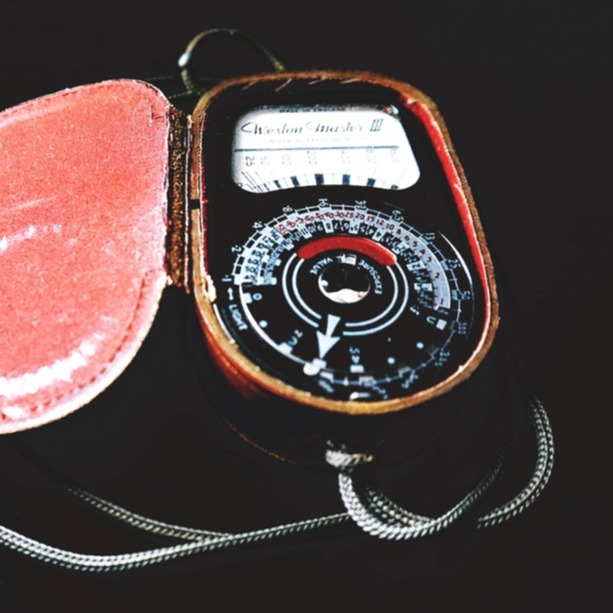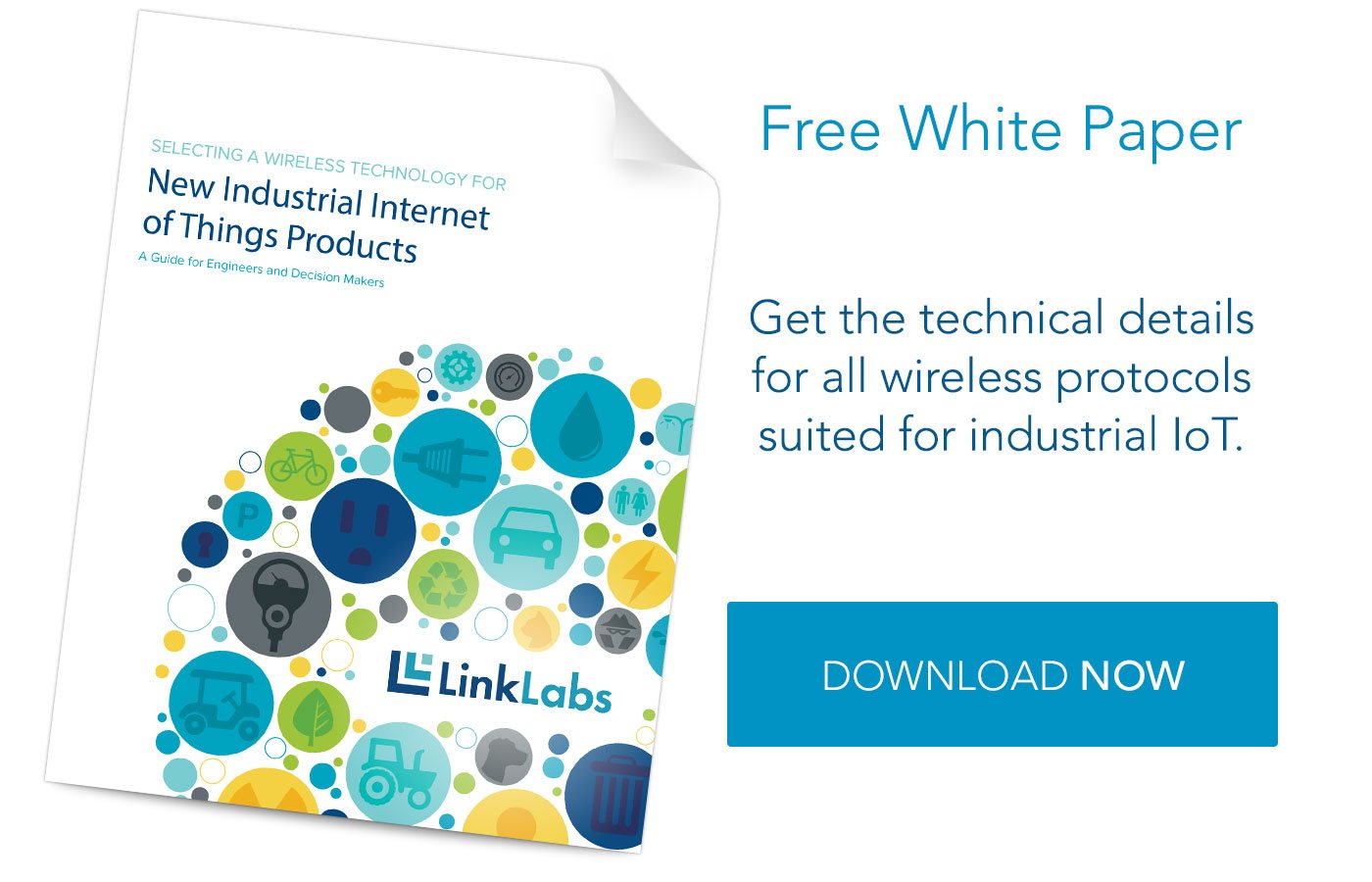Our country’s electric grid was built over 100 years ago. (That’s a long time.) And if you think about what technology was like back then, it’s easy to get why people have been looking for ways to improve the grid with today’s rising energy demands. With the Internet of Things (IoT), smarter energy use and conservation is starting to become a reality, and new technologies, both for utilities and consumers, are turning our electric grid into the Smart Grid.
Taking a leading role in the Smart Grid is the smart meter (pretty sure that hasn’t earned its capitalization just yet). A smart meter can receive and send information back to the energy company about things like gas or electrical consumption, depending on the meter’s use. The provider then understands everything going on and can manage billing and monitoring remotely without having to send out a person to manually take the reading. Smart meters allow for faster outage detection and restoration of service, as well as the ability for utilities to charge more when electricity demand is high and less when it’s low. This is the basic setup for a smart gas or electrical meter, but this M2M communication also has benefits for things like thermostats, too (ever heard of Nest?). Today, we’ll cover four of these smart meter reading devices that are out in the world today.
1. Itron’s CENTRON Bridge Meter
Itron, a technology company dedicated to resourceful energy and water use, has made what they call the CENTRON Bridge meter. This meter bridges the gap between communications that allow advanced metering infrastructure (AMI) and smart grid functionality (hence the name Bridge). The Bridge can shift to a full smart grid solution, and has benefits like a service switch, demand reset, and interval data. That means you can operate it with a mobile device, don’t have to set a calendar reset in the meter, and have up to 40 days of hourly interval data. These benefits work together to create energy savings for the end-user.
2. Landis+Gyr’s Residential Meters
Landis+Gyr creates metering solutions to better measure energy use levels for utilities. Their latest smart meters, the FOCUS AL and the FOCUS AX, are residential meters that are intended to reduce energy consumption at a cheaper upfront cost. The FOCUS AL uses minimal parts and connectors, so the single circuit board design makes it easier to install other communication or output boards. The FOCUS AX has more of an advanced function, so it allows you to manage demand, time of use, load profile, and reactive without paying for upgrades. Both meters have the same goal in mind: to help the end-user make better use of their energy and resources.
3. GE’s Commercial ANSI Meter
We all know about GE—they’ve done a lot in the way of the IoT. But we wanted to show the latest they’ve done in smart metering solutions. GE makes residential, networked, and commercial/industrial meters that all have smart city applications. (Remember when we talked about smart city parking meters? It’s along the same lines.) Their commercial ANSI meters, part of that smart city deployment, take real-time measurements of cost of service and power quality, and this info is sent to a data utility collection site where it’s turned into valuable use information. This allows both the utility provider and the end-user to make better power and energy decisions.
4. Nest’s Learning Thermostat and Smoke Detector
Okay, this isn’t a meter, but it is really cool and everyone seems to want to talk about it, so we’ll play to the crowds. Nest devices are much more about the consumer than the three we mentioned above, but it’s still important to cover here. And we figured you might be sick of the heavy utility focus so far.
You’ve probably heard about Nest by now. It’s the poster child for the Internet of Things. The Nest Learning Thermostat learns (which means it programs itself) about your habits and how you interact with your heating system. It learns when you leave the house and when you wake up, and adjusts the heat accordingly. That sounds creepy but it can save a lot of money and energy if you weren’t actively managing your home thermostat’s setbacks in the past. You can also control it remotely from a smartphone. The smoke detector, Nest Protect, knows which room it’s in and gives you a heads up before the alarm goes off. It’ll tell you where the smoke is coming from, too. It detects smoke, heat, CO, light, and motion. Both connect through WiFi.
Energy conservation is really important these days. But maybe even more important is the grid resilience that these more advanced metering technologies enable. The IoT has made all of this possible. If you want to conserve energy or have a new idea about how to do it, let us know. We’d love to discuss how our low-power wireless technology can help you.





